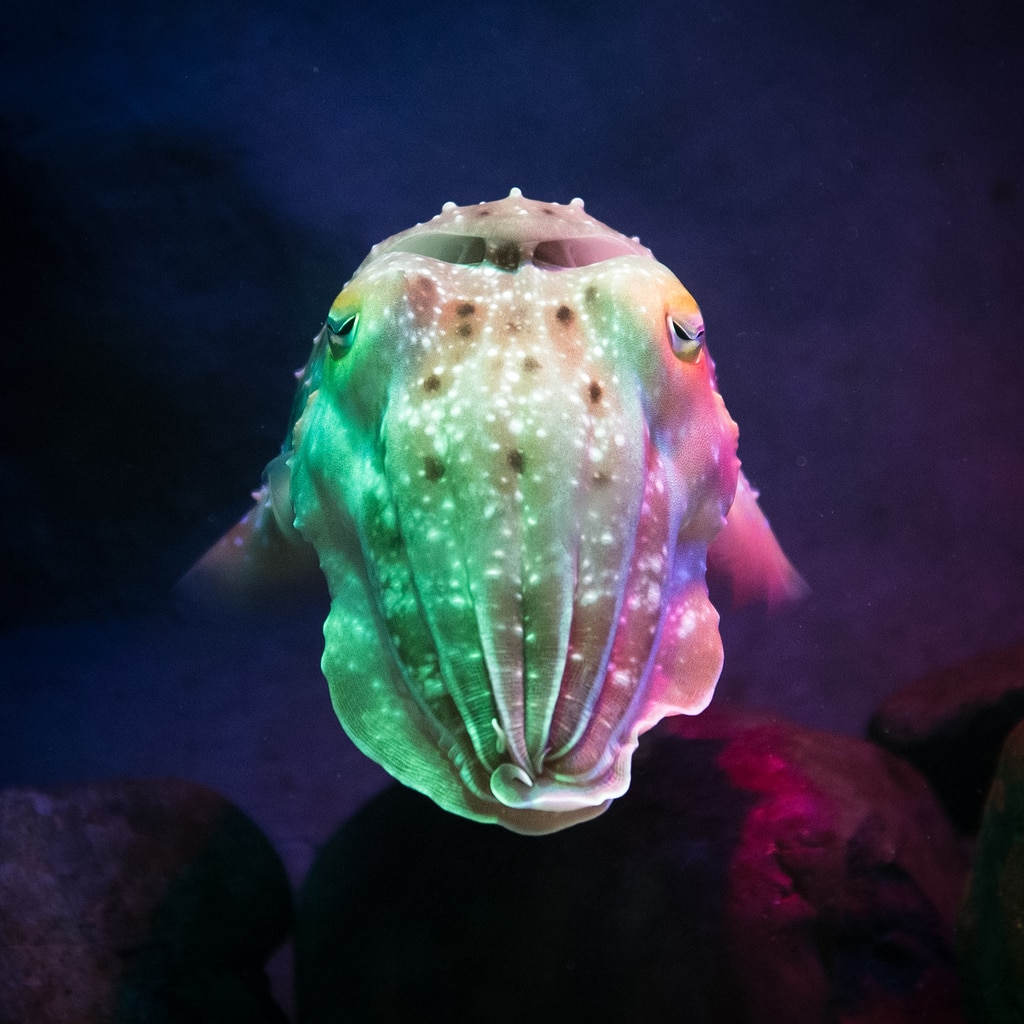Introduction: Discovering the Hidden Wonders Beneath the Waves
The world beneath the ocean’s surface is a realm of mystery and beauty, home to a myriad of fascinating creatures and structures. One such marvel that often goes unnoticed is the sea pen. These underwater organisms, resembling delicate feathers or quills, sway with the currents, creating a mesmerizing dance beneath the waves. In this article, we will delve into the fantastic flexibility of sea pens and explore the unique features that make them extraordinary.
Anatomy of Sea Pens: Delicate Beauty with a Purpose
Sea pens, scientifically known as Pennatulacea, belong to the class Anthozoa, making them distant relatives of corals and sea anemones. What sets sea pens apart is their distinctive feather-like appearance, which is actually a colony of polyps working together. These polyps are connected by a fleshy, central stalk, forming the elongated structure we recognize as a sea pen.
The central stalk, or rachis, provides stability, while the polyps at the top of the sea pen serve various functions. Some polyps are specialized for feeding, capturing tiny particles from the water, while others focus on reproduction. This division of labor within the colony ensures the sea pen’s survival and adaptability to its environment.
Flexibility in Action: Adapting to Dynamic Underwater Conditions
The flexibility of sea pens is truly remarkable, allowing them to thrive in a variety of underwater environments. Unlike fixed structures such as coral reefs, sea pens can bend and sway with the ocean currents, minimizing the impact of strong waves or changing tides. This adaptability is crucial for their survival, as it helps them avoid damage and remain anchored to the seabed.
Sea pens are not static organisms; they can retract into the sediment or extend their polyps depending on the environmental conditions. This dynamic behavior allows them to optimize their exposure to light and currents for feeding, as well as to protect themselves from potential threats.
Biodiversity Hotspots: The Role of Sea Pens in Underwater Ecosystems
Beyond their aesthetic appeal, sea pens play a vital role in the biodiversity of underwater ecosystems. These structures provide a habitat for numerous marine species, offering shelter and protection. Fish, crustaceans, and other invertebrates often seek refuge within the branches of sea pens, creating a complex and interconnected community beneath the waves.
Moreover, sea pens contribute to nutrient cycling in the ocean. As filter feeders, they extract organic particles from the water, playing a role in maintaining water clarity and quality. Their presence is not only visually captivating but also ecologically significant, contributing to the delicate balance of marine life.
Conservation Concerns: Threats to Sea Pen Populations
Despite their importance, sea pens face threats from human activities and environmental changes. Destructive fishing practices, such as bottom trawling, can damage or destroy sea pens and the habitats they provide for other marine organisms. Additionally, pollution and climate change pose indirect threats, affecting the delicate balance of the ecosystems where sea pens thrive.
Conservation efforts are crucial to preserving the fantastic flexibility of sea pens. Establishing marine protected areas, regulating fishing practices, and raising awareness about the importance of these underwater wonders are essential steps in safeguarding their habitats and ensuring their continued existence.
Frequently Asked Questions (FAQs)
- Are sea pens related to plants? No, sea pens are not related to plants. They belong to the animal kingdom, specifically the class Anthozoa. Despite their plant-like appearance, sea pens are colonies of polyps that work together for survival.
- Can sea pens be found in all oceans? Yes, sea pens are distributed globally and can be found in various oceans and seas. They are adaptable to different environmental conditions, ranging from shallow coastal waters to deeper offshore regions.
- Do sea pens have any economic importance? While sea pens themselves are not directly exploited for economic purposes, they play a crucial role in supporting the overall health of marine ecosystems. The diverse communities that inhabit sea pens, along with their contribution to nutrient cycling, make them indirectly valuable for fisheries and the well-being of the ocean.
In conclusion, the sea pen’s fantastic flexibility goes beyond its visual appeal, shaping the underwater landscape and contributing to the intricate web of life beneath the waves. Understanding and appreciating these unique organisms is key to ensuring their conservation and preserving the beauty and balance of our oceans.

